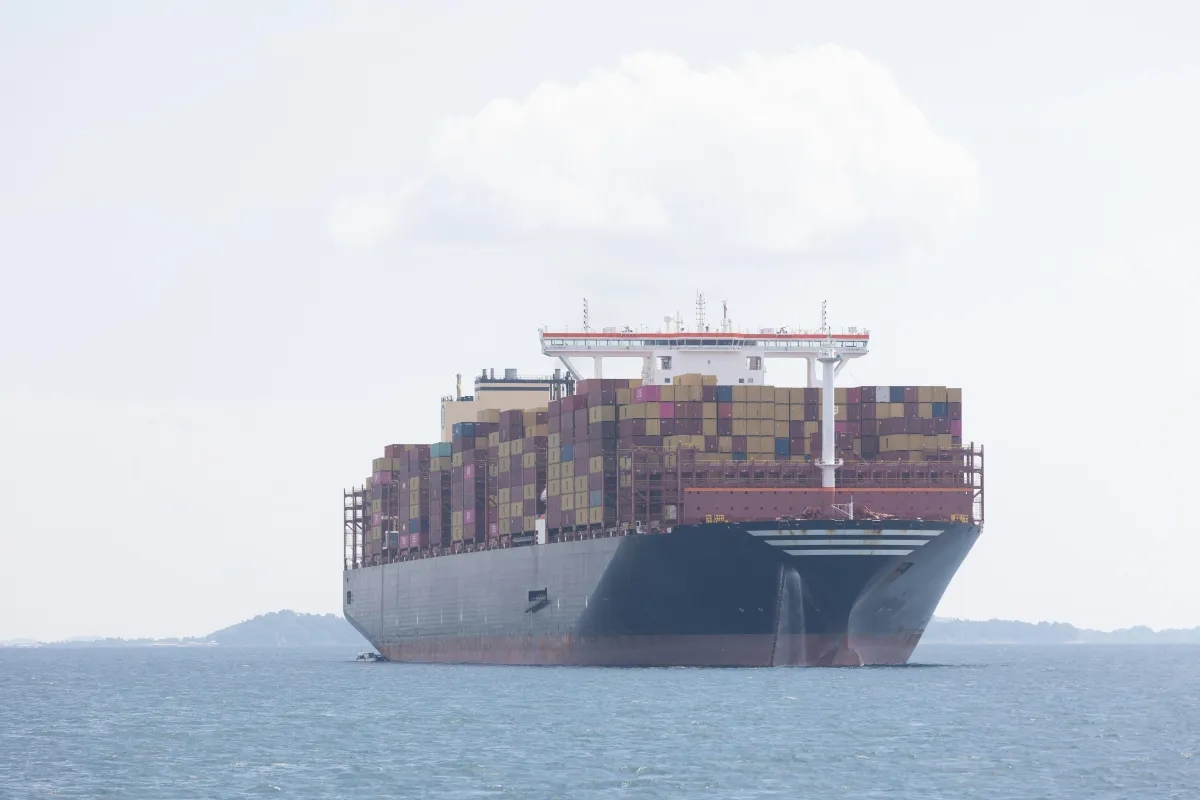
Tariffs Come Down with China for Now – What is the History? – What Should You Change?
Photo by Carl Tronders on Unsplash
In a significant development on May 12, 2025, the United States and China agreed to a 90-day reduction in tariffs, signaling a temporary easing of their prolonged trade tensions. The U.S. reduced tariffs on Chinese goods from 145% to 30%, while China lowered its tariffs on U.S. imports from 125% to 10%. This agreement has been welcomed by various industries, including shipping and retail, including ecommerce store owners as it alleviates some of the pressures from the ongoing trade dispute.
To fully grasp the implications of this temporary truce, it's essential to understand the trajectory of U.S. tariff policies over the past decade, particularly in relation to China.
U.S. Tariff Policy: A Decade in Review (2015–2025)
2015–2016: Stability Before the Storm
During this period, U.S. trade policies remained relatively stable, with tariffs aligning with long-standing international agreements.
2017–2020: The Onset of the Trade War
The Trump administration initiated a series of tariffs aimed at protecting American industries:
2018: Imposed tariffs on solar panels and washing machines, followed by steel (25%) and aluminum (10%) .
2018–2019: Escalated tariffs on Chinese goods, reaching up to 25% on $200 billion worth of imports. China retaliated with tariffs on U.S. goods .
2021–2024: Continued Tensions and Policy Adjustments
Under the Biden administration, some tariffs remained, while others were adjusted:
2022: The World Trade Organization ruled that U.S. tariffs on steel and aluminum violated global trade rules, but the U.S. rejected the ruling.
2024: Increased tariffs on Chinese electric vehicles to 100%, solar cells to 50%, and imposed 25% tariffs on other goods, citing unfair trade practices.
2025: Recent Escalations and Temporary Relief
The beginning of 2025 saw heightened tensions:
April 2025: The Trump administration raised tariffs on Chinese imports to 145%, prompting China to increase its tariffs to 125%.
May 2025: The 90-day tariff reduction agreement was reached, lowering U.S. tariffs to 30% and Chinese tariffs to 10%.
This temporary reprieve offers a critical opportunity for online sellers and businesses reliant on U.S.-China trade to adjust their strategies and prepare for potential future changes in trade policy. However, the agreement does not reinstate the U.S. "de minimis" duty exemption for e-commerce packages from China, which means that low-value shipments may still be subject to duties.
Immediate Actions for Online Sellers
1. Expedite Imports and Fulfillment
With tariffs temporarily reduced, consider accelerating the importation of goods from China to take advantage of lower costs. This is particularly beneficial for inventory needed for upcoming sales events like back-to-school and holiday seasons. However, be cautious of overstocking, as the tariff reduction is temporary and future rates are uncertain.
2. Reassess Pricing Strategies
The reduced tariffs may allow for more competitive pricing. Evaluate whether to pass savings on to consumers to boost sales volume or to maintain prices to improve margins. Keep in mind that the remaining 30% tariff still impacts costs, so any pricing adjustments should be carefully calculated.
3. Communicate with Suppliers and Customers
Inform your suppliers about the temporary tariff changes to negotiate better terms or expedite orders. Additionally, communicate with customers about potential price changes or product availability to manage expectations and maintain trust.
4. Monitor Policy Developments
Stay informed about ongoing trade negotiations between the U.S. and China. The current agreement is temporary, and future policy changes could impact your operations. Regularly review updates from reliable news sources and industry associations to anticipate and prepare for changes. Two possible sources are Reed Smith(https://www.tradecomplianceresourcehub.com/2025/05/05/trump-2-0-tariff-tracker/) and Passport’s “Trump Trade Tracker”(//www.trumptradetracker.com/).
5. Evaluate Long-Term Supply Chain Diversification
While the current focus is on short-term adjustments, consider exploring alternative sourcing options outside of China to mitigate future risks associated with tariff fluctuations. Diversifying your supply chain can enhance resilience against geopolitical uncertainties.
As you can tell, tariff history for the last ten years has been a bumpy ride. You need to take steps to position your ecommerce business for both immediate benefits and long-term stability.
If you need some help navigating these choppy waters, contact me and I can help you plan your moves for both tariffs and inventory management.
